Why do people take more risks at the end of a week, a month, or even a year?
A recent research paper, The Last Hurrah Effect by Avni Shah and Xinlong Li, provides fascinating insights into how end-of-period temporal landmarks drive increased optimism and financial risk-taking.
As product marketers, we know that human psychology plays a huge role in decision-making – whether it's investors placing riskier bets before the weekend or customers making impulse purchases at the end of a quarter.
This phenomenon isn’t just an academic curiosity; it has real implications for go-to-market (GTM) strategies, sales enablement, and customer behavior.
Here’s how product marketers can leverage these insights to drive better outcomes.
The science behind end-of-period risk-taking
The research found that financial risk-taking spikes on the last day of the week, month, and year, as well as before long weekends.
Investors tend to be more optimistic during these moments, believing their financial decisions will yield positive outcomes.
However, data from a peer-to-peer lending platform revealed that these end-of-period investments actually performed worse over time.
For product marketers, this highlights a critical takeaway: decision-making is not always rational. Context and timing significantly influence choices, often more than we realize.
Understanding these behavioral shifts can help us optimize pricing, messaging, and GTM execution.
How this applies to product marketing
1. End-of-quarter buyer behavior: A risk-taking mindset?
In B2B sales, we often see a rush of last-minute deals at the end of a quarter. While some of this is driven by internal sales quotas, The Last Hurrah Effect suggests that buyers themselves may also be in a risk-taking mindset.
They might be more open to making bold purchasing decisions, especially if they believe they’re securing a great deal.
As a product marketer, I’ve seen this firsthand when working with sales teams to craft end-of-quarter offers.
It’s not just about urgency; it’s about understanding that buyers are in a psychological state where they’re more likely to take action – especially if the offer aligns with their heightened optimism.
2. Structuring promotions around optimism peaks
If consumers and buyers feel more optimistic at the end of a period, product marketers can use this to their advantage. Consider launching high-value promotions or big-ticket upsell opportunities around these optimism peaks:
- End-of-week flash sales (leveraging the Friday effect)
- End-of-month bundle offers to drive larger transactions
- Year-end enterprise deals positioned as a strategic investment for the new year
When I worked on a subscription-based business, I noticed that churn tended to be lower for customers who renewed in December. Why? Likely because of the same optimism-driven effect – people were feeling positive about the year ahead and more willing to commit to long-term decisions.
3. Pricing strategies: Framing risk and reward
If buyers take bigger risks at the end of a period, positioning your product’s value accordingly can be a game-changer.
For example, messaging can frame the purchase as an investment in future success rather than a cost. Highlighting long-term ROI and security can help channel the buyer’s risk-taking mindset into a calculated, confident decision.
4. Sales enablement: Equipping teams with the right narrative
This research reinforces the importance of timing in sales conversations. When enabling sales teams, product marketers should:
- Provide targeted messaging for end-of-quarter pushes that tap into buyers' optimism.
- Equip sales with confidence-building proof points (case studies, testimonials) to reinforce the decision.
- Help structure last-minute offers in a way that doesn’t erode long-term value (e.g., bundling services instead of heavy discounting).
The caveat: Riskier decisions aren’t always better
A key insight from The Last Hurrah Effect is that while people feel more optimistic, the actual quality of their decisions may suffer.
For product marketers, this is a double-edged sword: while we can capitalize on optimism, we must also ensure customers are making decisions they won’t regret.
That’s why messaging should focus on confidence and long-term value, rather than just urgency. The goal isn’t to push a sale for the sake of it, but to align with the customer’s natural decision-making cycle while reinforcing why the product is a smart choice.
Final thoughts: Timing is a strategic advantage
Product marketers know that the when of marketing is just as important as the what.
The Last Hurrah Effect gives us a deeper understanding of how buyers think at different moments in time.
By leveraging these insights, we can optimize pricing strategies, sales enablement, and GTM execution to align with periods of heightened optimism – turning natural behavioral shifts into strategic growth opportunities.




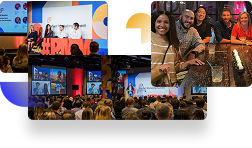
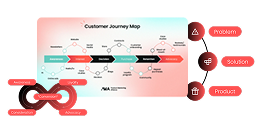
.png)
.png)
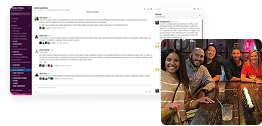
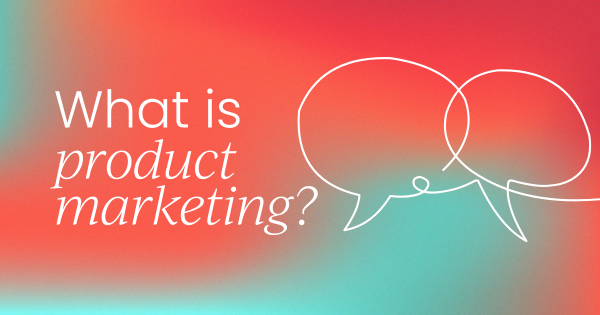


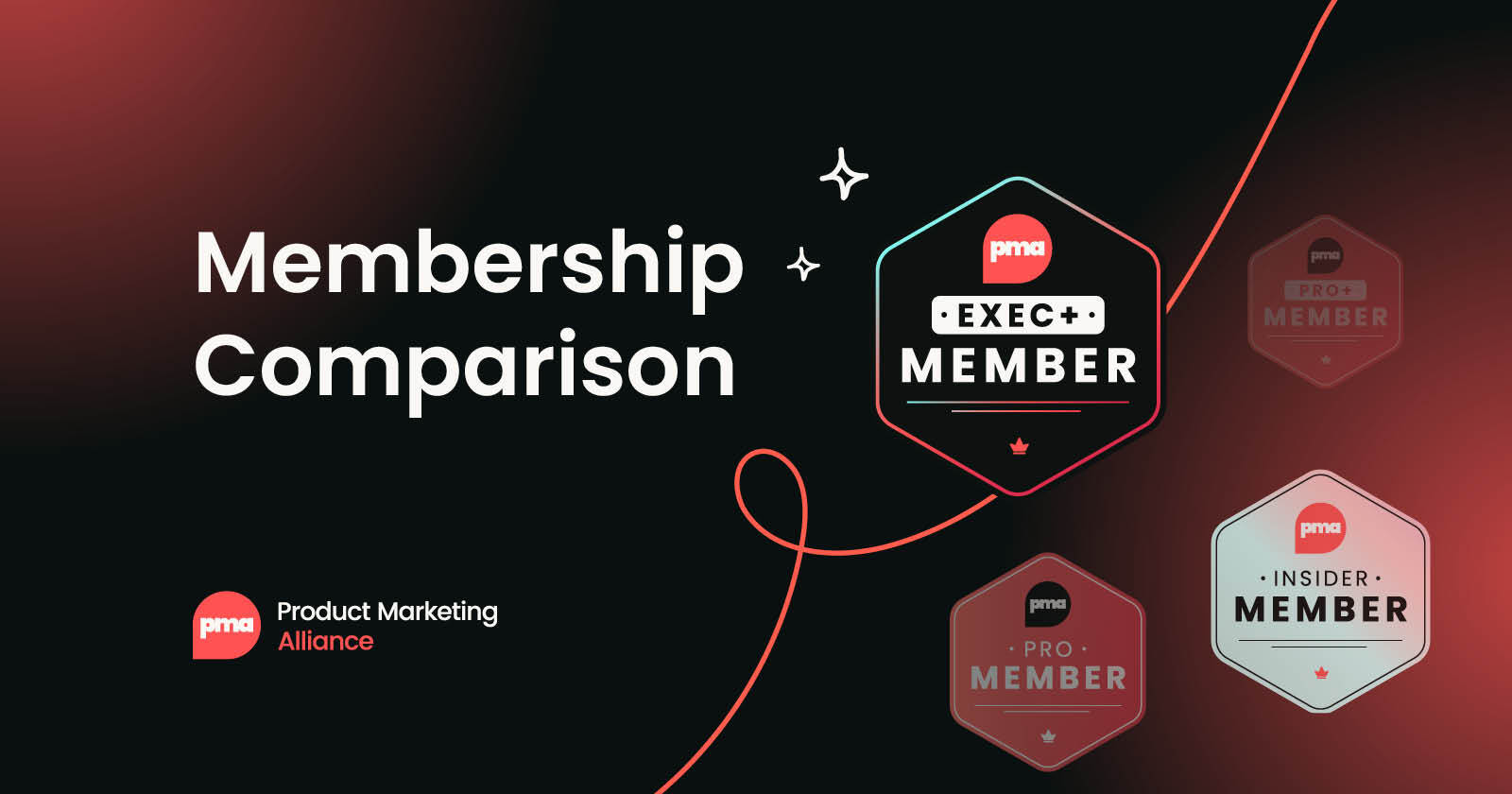
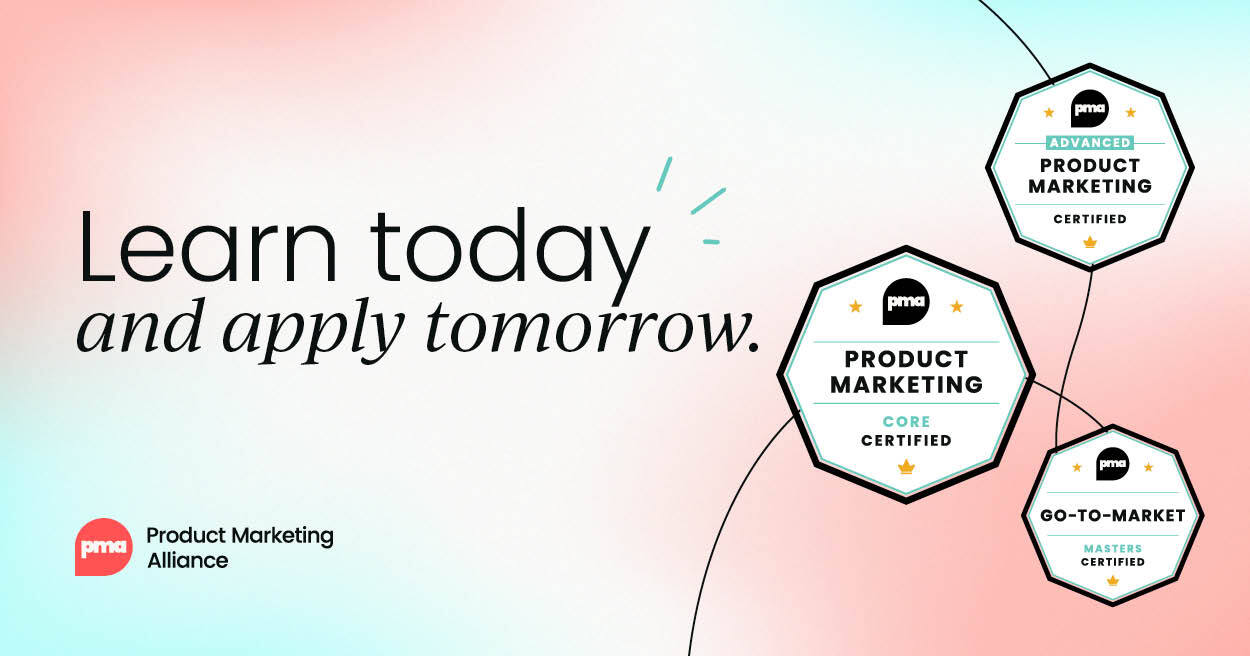
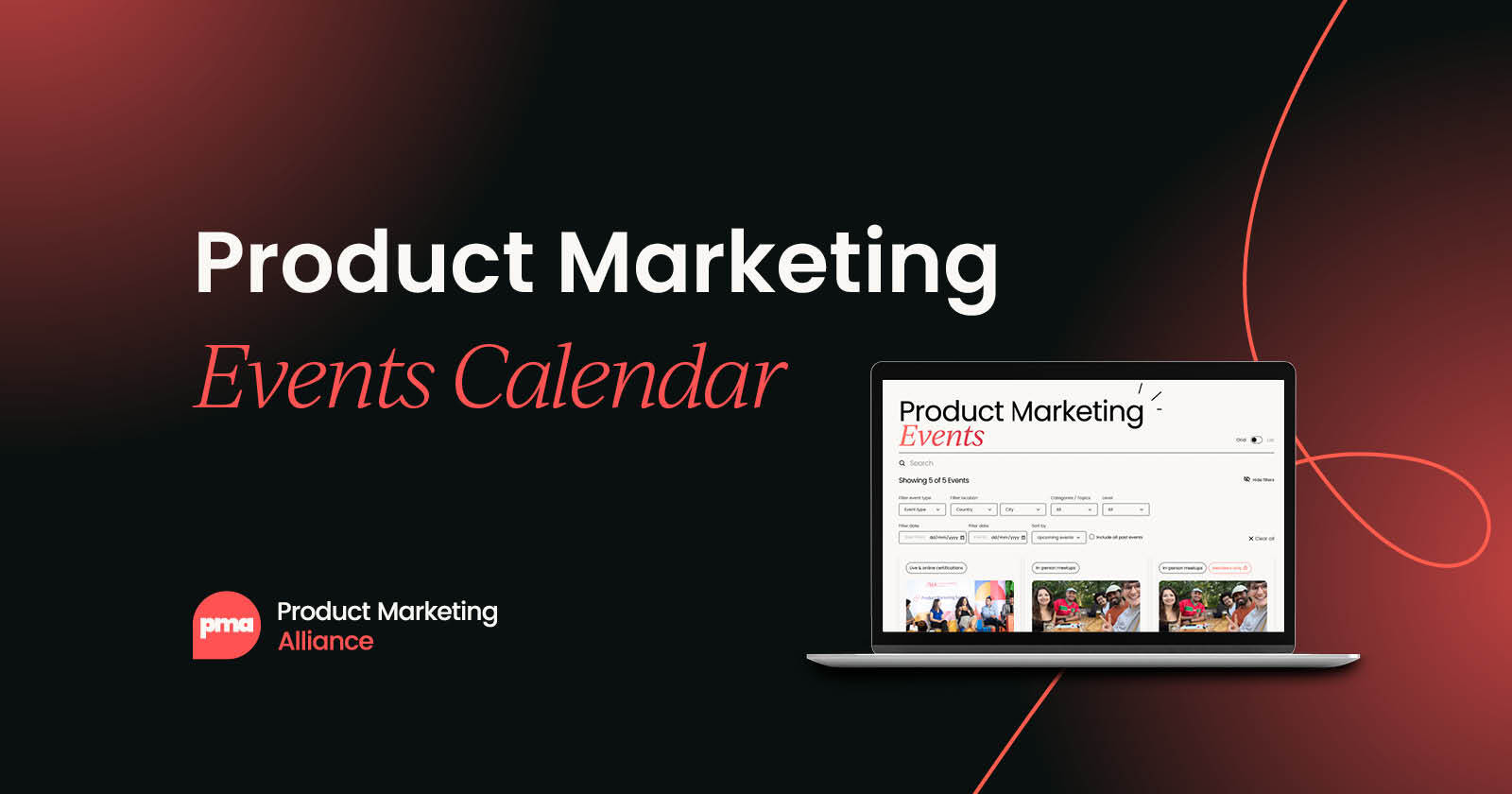
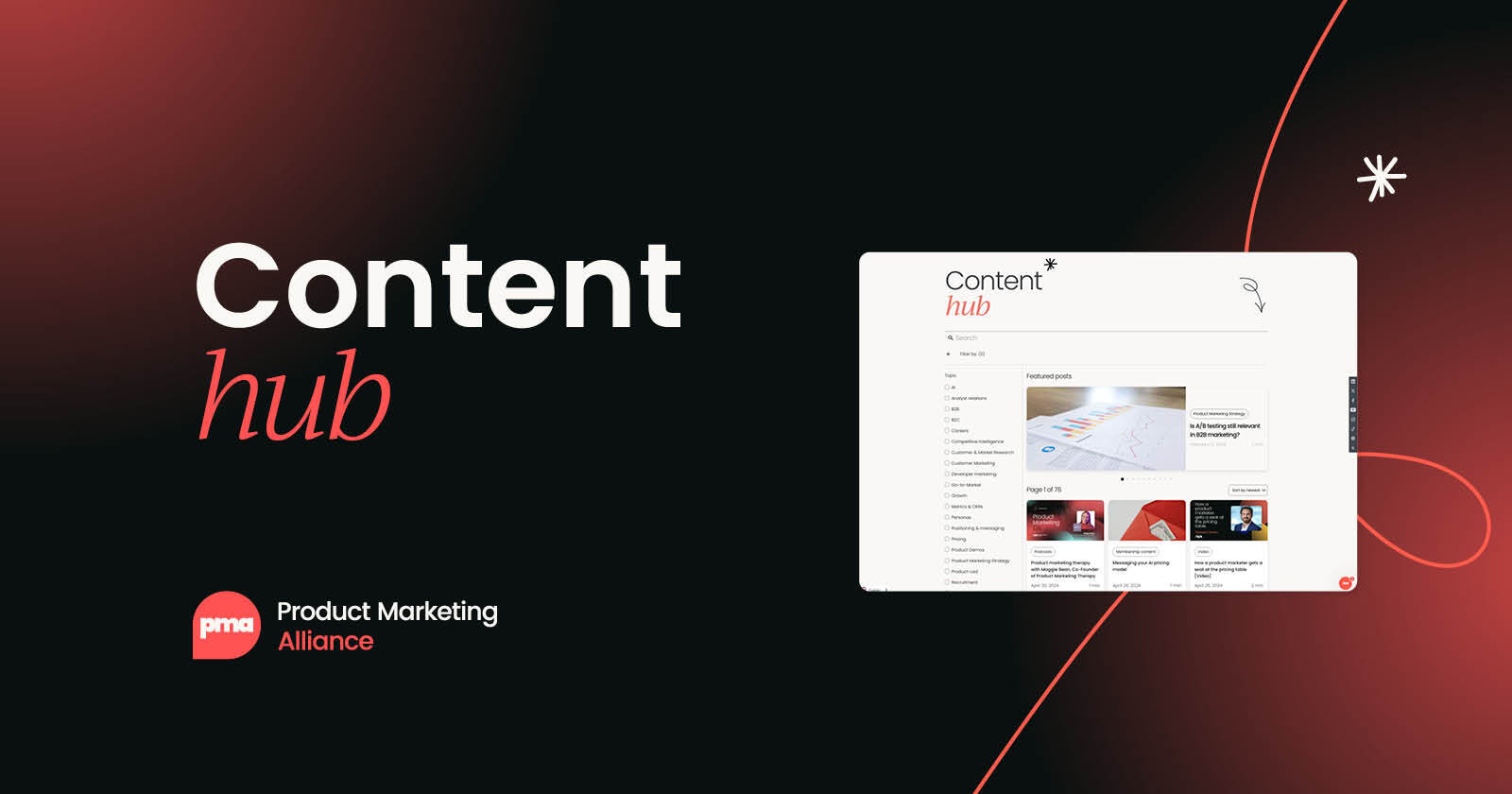

 Follow us on LinkedIn
Follow us on LinkedIn



.svg?v=3bd81ea3cb)